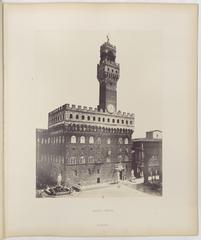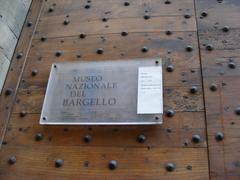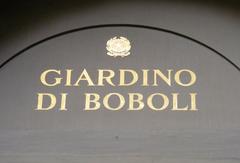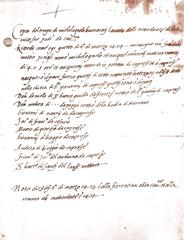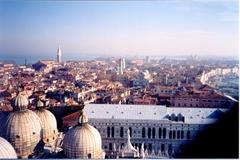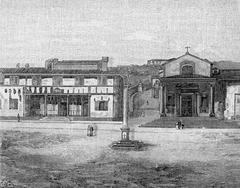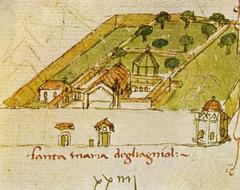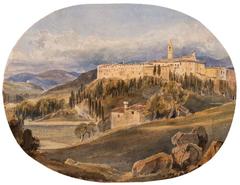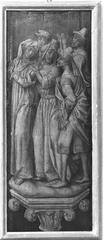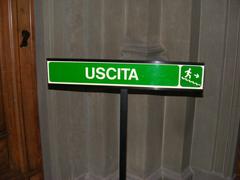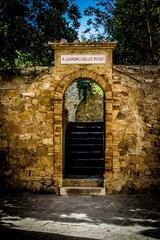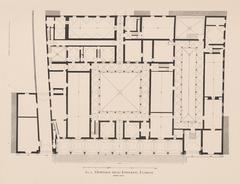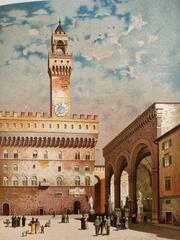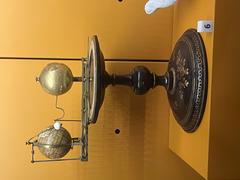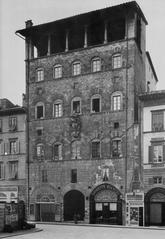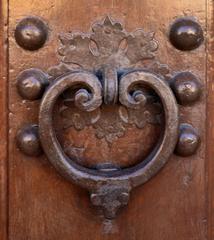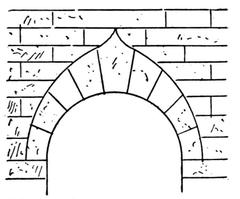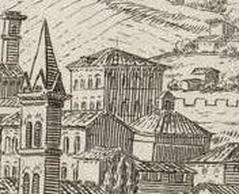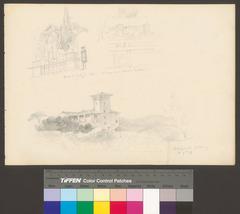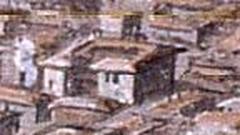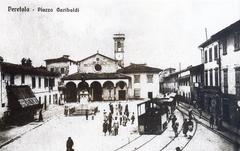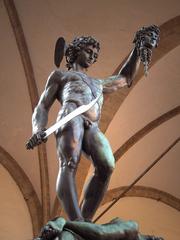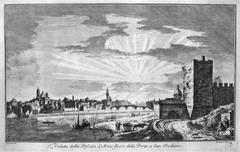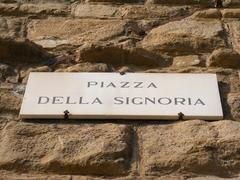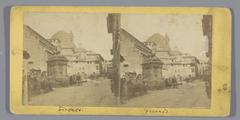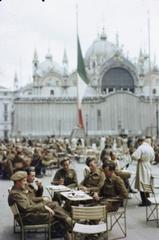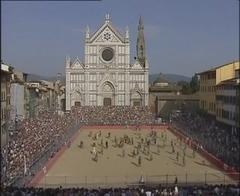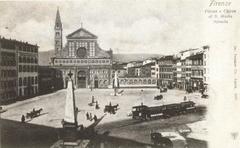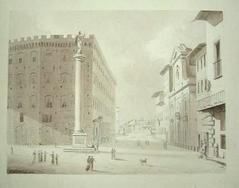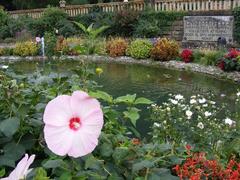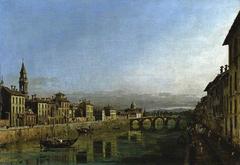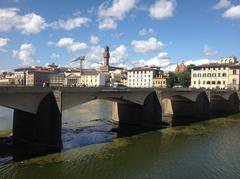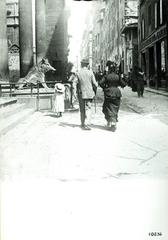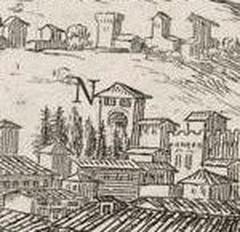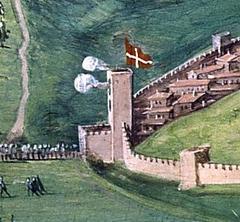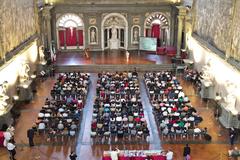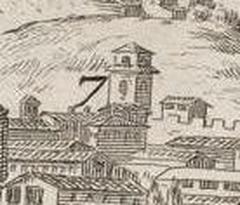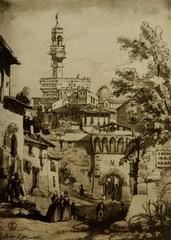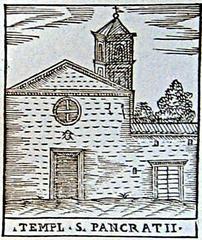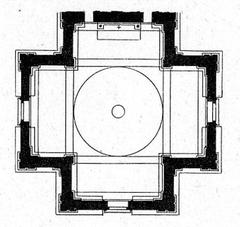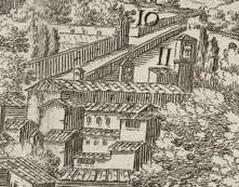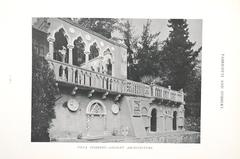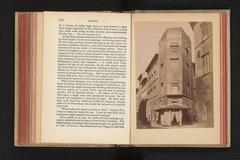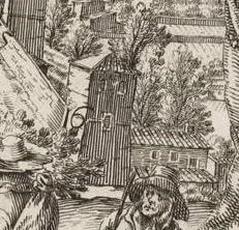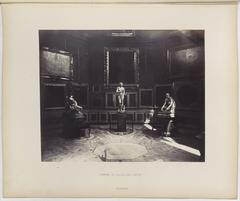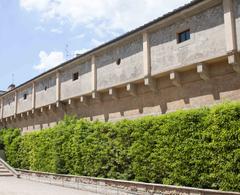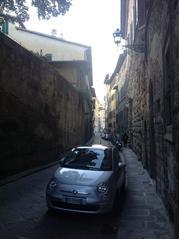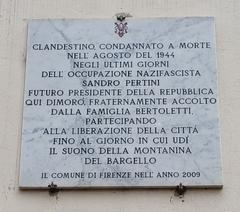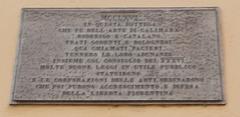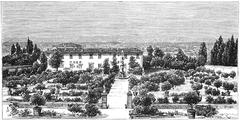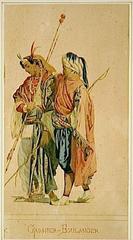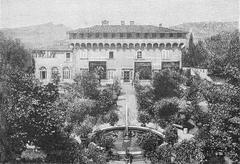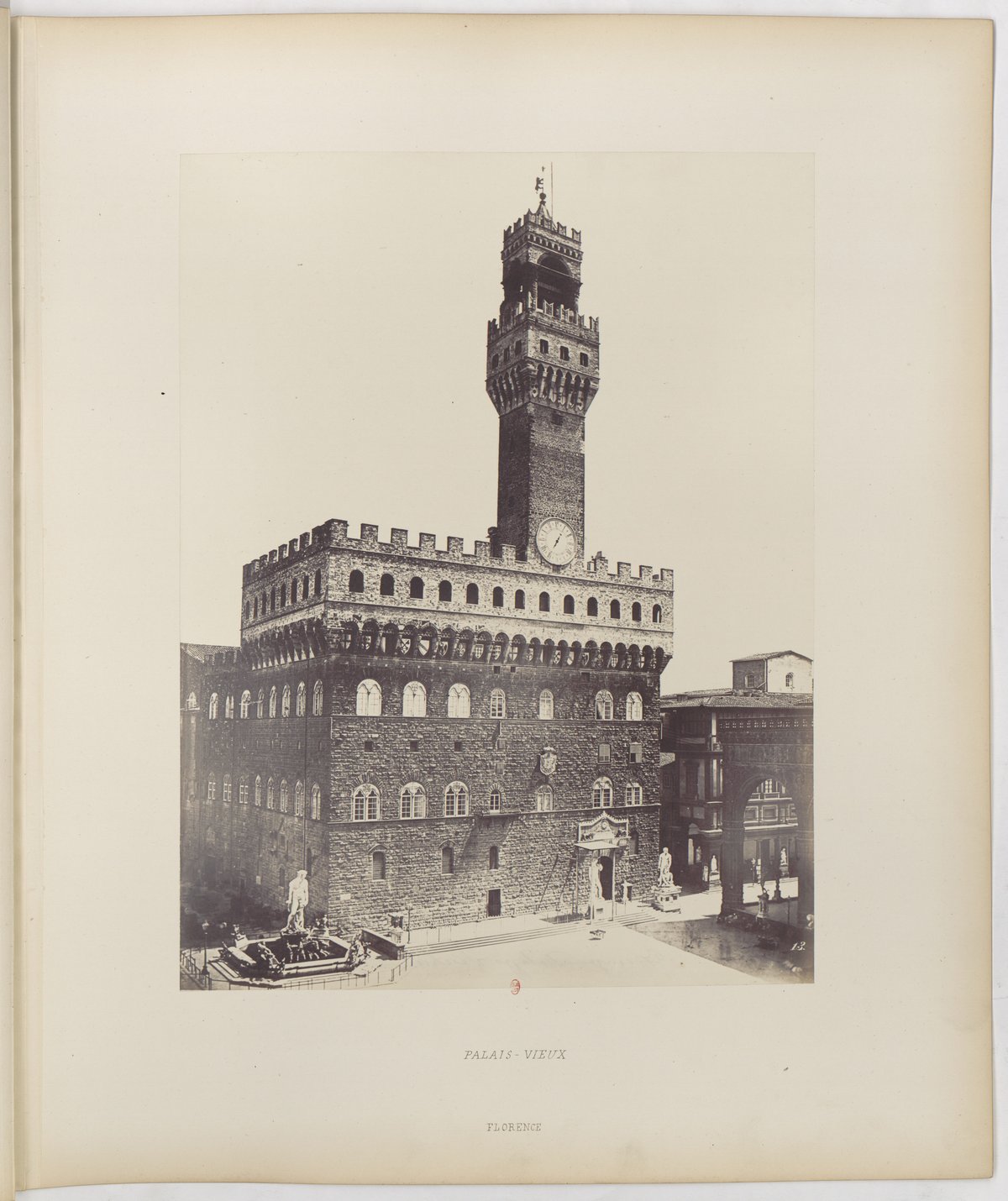
Visiting Palazzo Vecchio in Florence: History, Tickets, and Tips
Date: 17/07/2024
Introduction
Palazzo Vecchio, an iconic symbol of Florence’s rich historical tapestry, stands as a testament to the city’s architectural grandeur and political significance. Originally constructed between 1299 and 1314 by Arnolfo di Cambio, this imposing structure served as the seat of the Florentine Republic and later as the grand ducal palace of the Medici family (Florence Inferno). The Palazzo Vecchio’s evolution from a medieval fortress to a Renaissance masterpiece encapsulates key moments in Florence’s history, reflecting its enduring legacy of power, art, and culture.
The Medici era marked a significant transformation for Palazzo Vecchio, with Giorgio Vasari commissioned to redesign its interiors to showcase the family’s prestige. The Salone dei Cinquecento, adorned with frescoes depicting Florence’s military victories, remains a highlight (Visit Florence). The building’s architectural features, such as the 94-meter Arnolfo Tower and the elegant Cortile di Michelozzo, offer panoramic views and reflect Renaissance aesthetics (Florence Museum).
Today, Palazzo Vecchio continues to serve as Florence’s city hall while welcoming visitors from around the globe. It offers a rich blend of historical significance and artistic treasures, making it a must-visit destination for anyone exploring the heart of Florence (Museums of Florence). This comprehensive guide aims to delve into the rich history, architectural evolution, and visitor information, providing essential insights for a memorable visit.
Table of Contents
- [Introduction](#introductionintroduction)
- [Origins and Early Construction](#origins-and-early-constructionorigins-and-early-construction)
- [The Medici Era](#the-medici-erathe-medici-era)
- [Architectural Evolution](#architectural-evolutionarchitectural-evolution)
- [The Role of Palazzo Vecchio in Florentine Politics](#the-role-of-palazzo-vecchio-in-florentine-politicsthe-role-of-palazzo-vecchio-in-florentine-politics)
- [Art and Cultural Significance](#art-and-cultural-significanceart-and-cultural-significance)
- [Visitor Information](#visitor-informationvisitor-information)
- [Visiting Hours and Tickets](#visiting-hours-and-ticketsvisiting-hours-and-tickets)
- [Nearby Attractions](#nearby-attractionsnearby-attractions)
- [Restoration and Preservation](#restoration-and-preservationrestoration-and-preservation)
- [Modern-Day Significance](#modern-day-significancemodern-day-significance)
- [Key Historical Events](#key-historical-eventskey-historical-events)
- [Influence on Renaissance Architecture](#influence-on-renaissance-architectureinfluence-on-renaissance-architecture)
- [FAQ](#faqfaq)
- [Conclusion](#conclusionconclusion)
Origins and Early Construction
The Palazzo Vecchio, originally known as the Palazzo della Signoria, was constructed between 1299 and 1314. Designed by Arnolfo di Cambio, a prominent architect who also contributed to the Florence Cathedral and the Basilica of Santa Croce, the building initially served as the seat of the government of the Republic of Florence. Built on the ruins of an ancient Roman theater, its design reflects the medieval architectural style, characterized by its massive, fortress-like appearance and crenellated walls (Florence Inferno).
The Medici Era
Significant changes occurred during the Medici era. In 1540, Duke Cosimo I de’ Medici moved his residence to the Palazzo Vecchio, transforming it into a grand ducal palace. Giorgio Vasari, a renowned artist and architect, was commissioned to redesign the interior to reflect the power and prestige of the Medici family. Vasari’s work included the creation of the Salone dei Cinquecento, a vast hall adorned with frescoes depicting the military victories of Florence (Visit Florence).
Architectural Evolution
The architectural evolution of the Palazzo Vecchio reflects Florence’s changing political and cultural landscape. The original medieval structure was expanded and embellished over the centuries. Notable additions include the Arnolfo Tower, standing at 94 meters, offering panoramic views of the city. The tower, named after the building’s original architect, symbolizes Florence’s civic pride. The courtyard, known as the Cortile di Michelozzo, was redesigned in the 15th century by Michelozzo di Bartolomeo, featuring elegant arches and classical decorations (Florence Museum).
The Role of Palazzo Vecchio in Florentine Politics
Throughout its history, the Palazzo Vecchio has been central to Florentine politics. During the Republic of Florence, it housed the Signoria, the city’s governing body. Its strategic location in Piazza della Signoria made it a focal point for political events and public gatherings. The Palazzo also played a crucial role during the Italian Wars, serving as a refuge for city leaders and a symbol of resistance against foreign invaders (The Florentine).
Art and Cultural Significance
The Palazzo Vecchio is not only a political landmark but also a treasure trove of art and culture. It houses numerous works of art, including sculptures, frescoes, and tapestries. Notable pieces include Donatello’s statue of Judith and Holofernes in the Hall of Lilies and the frescoes by Giorgio Vasari in the Salone dei Cinquecento. The Studiolo of Francesco I, a small, secret chamber, is another highlight, featuring intricate decorations and hidden cabinets (Uffizi Galleries).
Visitor Information
Visiting Hours and Tickets
- Opening Hours: The Palazzo Vecchio is open daily from 9:00 AM to 7:00 PM, with extended hours on Thursdays until 10:00 PM.
- Tickets: General admission tickets are priced at €10, with reduced rates for students and seniors. Guided tours are available for an additional fee.
- Travel Tips: To avoid long queues, it is recommended to book tickets online in advance. The best time to visit is early in the morning or late afternoon.
Nearby Attractions
- Uffizi Gallery: Located nearby, this world-renowned museum houses an extensive collection of Renaissance art.
- Piazza della Signoria: The square outside the Palazzo Vecchio features notable sculptures and is a great spot for people-watching.
- Florence Cathedral: Also known as the Duomo, this iconic landmark is a must-visit for its stunning architecture and views from the dome.
Restoration and Preservation
Over the centuries, the Palazzo Vecchio has undergone numerous restoration and preservation efforts to maintain its historical and architectural integrity. In the 19th century, significant restoration work was carried out to repair damage caused by neglect and natural wear. Modern conservation techniques have been employed more recently to preserve the building’s frescoes, sculptures, and architectural features. These efforts ensure that the Palazzo Vecchio remains a vital part of Florence’s cultural heritage (Florence Art Guide).
Modern-Day Significance
Today, the Palazzo Vecchio continues to serve as a symbol of Florence’s rich history and cultural legacy. It functions as the city hall and houses the offices of the mayor and other municipal officials. The building is also a popular tourist attraction, drawing visitors from around the world who come to admire its architectural beauty and historical significance. Guided tours offer visitors the chance to explore its grand halls, secret passages, and art collections, providing a glimpse into the past and the enduring legacy of Florence (Museums of Florence).
Key Historical Events
Several key historical events have taken place at the Palazzo Vecchio, further cementing its importance in Florentine history. In 1494, the building witnessed the expulsion of the Medici family and the establishment of the short-lived Florentine Republic under Girolamo Savonarola. The Palazzo also played a role during the Italian unification, serving as a meeting place for political leaders and revolutionaries. These events highlight the Palazzo Vecchio’s enduring role as a center of political power and cultural identity (History of Florence).
Influence on Renaissance Architecture
The Palazzo Vecchio’s design and architectural features have had a lasting influence on Renaissance architecture. Its fortress-like appearance, with crenellated walls and an imposing tower, inspired the design of other civic buildings in Italy and beyond. The use of classical elements, such as arches and columns, in the later additions by Michelozzo and Vasari, reflects the Renaissance emphasis on harmony and proportion. The Palazzo Vecchio stands as a testament to the architectural innovation and artistic achievements of the Renaissance period (Renaissance Architecture).
FAQ
Q: What are the opening hours of Palazzo Vecchio?
A: The Palazzo Vecchio is open daily from 9:00 AM to 7:00 PM, with extended hours on Thursdays until 10:00 PM.
Q: How much are the tickets to visit Palazzo Vecchio?
A: General admission tickets are priced at €10, with reduced rates for students and seniors.
Q: Are guided tours available?
A: Yes, guided tours are available for an additional fee and can be booked online or at the ticket office.
Q: What are some nearby attractions?
A: Nearby attractions include the Uffizi Gallery, Piazza della Signoria, and Florence Cathedral.
Conclusion
The history of the Palazzo Vecchio is a rich tapestry of political intrigue, artistic achievement, and architectural innovation. From its origins as a medieval fortress to its transformation into a grand ducal palace, the building has played a central role in the history of Florence. Its enduring significance as a symbol of civic pride and cultural heritage continues to captivate visitors and scholars alike. Whether you’re drawn by its political significance, artistic treasures, or simply the stunning views from the Arnolfo Tower, Palazzo Vecchio promises an enriching and unforgettable experience. For more updates and visitor information, consider downloading our mobile app Audiala or following us on social media.
References
- Florence Inferno. Discover the Rich History and Visitor Information of Palazzo Vecchio in Florence. source
- Visit Florence. Palazzo Vecchio - Visiting Hours, Tickets, and Historical Significance in Florence. source
- Florence Museum. Discover the Rich History and Visitor Information of Palazzo Vecchio in Florence. source
- Uffizi Galleries. Discover the Rich History and Visitor Information of Palazzo Vecchio in Florence. source
- Museums of Florence. Palazzo Vecchio - Visiting Hours, Tickets, and Historical Significance in Florence. source
- Florence Art Guide. Discover the Rich History and Visitor Information of Palazzo Vecchio in Florence. source
- History of Florence. Discover the Rich History and Visitor Information of Palazzo Vecchio in Florence. source
- Renaissance Architecture. Discover the Rich History and Visitor Information of Palazzo Vecchio in Florence. source
- Florence Events. Palazzo Vecchio - Visiting Hours, Tickets, and Historical Significance in Florence. source
- Florence Restoration. Palazzo Vecchio - Visiting Hours, Tickets, and Historical Significance in Florence. source
- Florence for Students. Palazzo Vecchio - Visiting Hours, Tickets, and Historical Significance in Florence. source
- Ristorante Il David. How to Make the Most of Your Visit to Palazzo Vecchio - Hours, Tickets, and Tips. source
- Osteria Vini e Vecchi Sapori. How to Make the Most of Your Visit to Palazzo Vecchio - Hours, Tickets, and Tips. source
